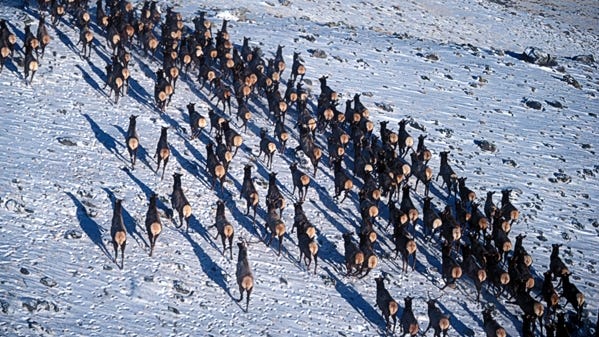Jape
Well-known member
- Joined
- Sep 26, 2017
- Messages
- 1,750
Saw this article today and it seems as though they try to equate the number of hunters to the total harvest. They base the number of hunters off those who stopped at the checkpoint, which seems problematic to me. While elk numbers may or may not be down due to management techniques, the experience of many on here in attempting to get tags this year does not comport with their conclusions.

Bad weather, fewer hunters lead to decade's smallest elk harvest along Rocky Mountain Front
A combination of unseasonable storms, low hunter turn out leads to smallest Montana elk harvest in decades.
www.greatfallstribune.com



